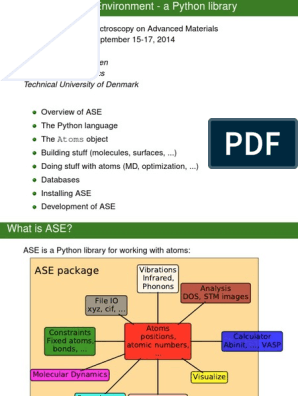0% found this document useful (0 votes)
25 views19 pages.Net Scenario Based Questions and Answers
The document contains a series of scenario-based questions and answers related to .NET development, covering topics such as performance optimization, exception handling, real-time notifications, data isolation, and API versioning. It provides practical solutions and best practices for common challenges faced in enterprise applications, including security measures for file uploads, handling high traffic, and implementing clean architecture. Additionally, it addresses advanced topics like audit logging, graceful shutdowns, and managing concurrency in data updates.
Uploaded by
pranav.chirame1839Copyright
© © All Rights Reserved
We take content rights seriously. If you suspect this is your content, claim it here.
Available Formats
Download as PDF, TXT or read online on Scribd
0% found this document useful (0 votes)
25 views19 pages.Net Scenario Based Questions and Answers
The document contains a series of scenario-based questions and answers related to .NET development, covering topics such as performance optimization, exception handling, real-time notifications, data isolation, and API versioning. It provides practical solutions and best practices for common challenges faced in enterprise applications, including security measures for file uploads, handling high traffic, and implementing clean architecture. Additionally, it addresses advanced topics like audit logging, graceful shutdowns, and managing concurrency in data updates.
Uploaded by
pranav.chirame1839Copyright
© © All Rights Reserved
We take content rights seriously. If you suspect this is your content, claim it here.
Available Formats
Download as PDF, TXT or read online on Scribd
/ 19























































































